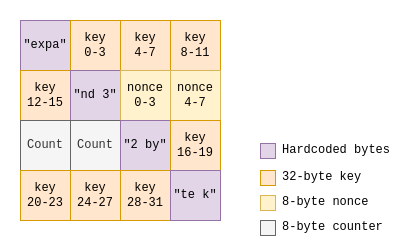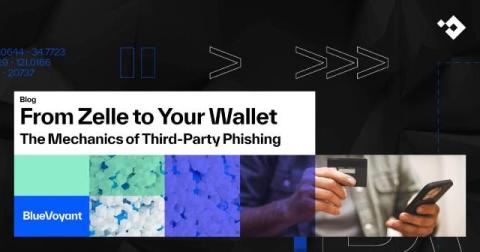New Latin American fraud rules demand real-time action: Is your bank ready?
With Latin America facing an unprecedented increase in claims for unrecognized credit and debit card transactions, banks and card issuers are directly feeling the impact of fraud and cyber-attacks that are growing more sophisticated by the day. Recent regulations have been implemented across Latin America to address a variety of payment fraud, including an unprecedented surge in claims of unrecognized transactions involving debit, credit and financing products.











